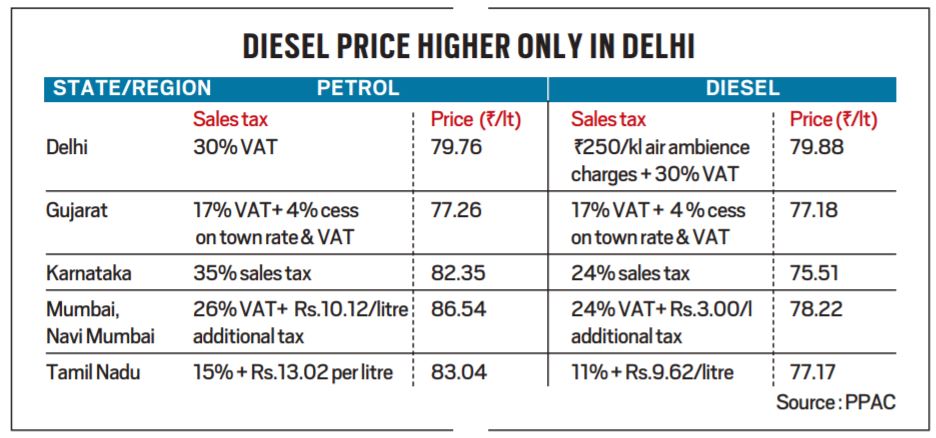7667766266
enquiry@shankarias.in
Why in news?
What is the current price scenario?
Why is this significant?
Why has this happened in Delhi?

Why were prices frozen and why are they rising now?
How are taxes a determining factor?
What is the oil pricing mechanism in India?
What is the rational behind this?
Source: Indian Express, Business Today